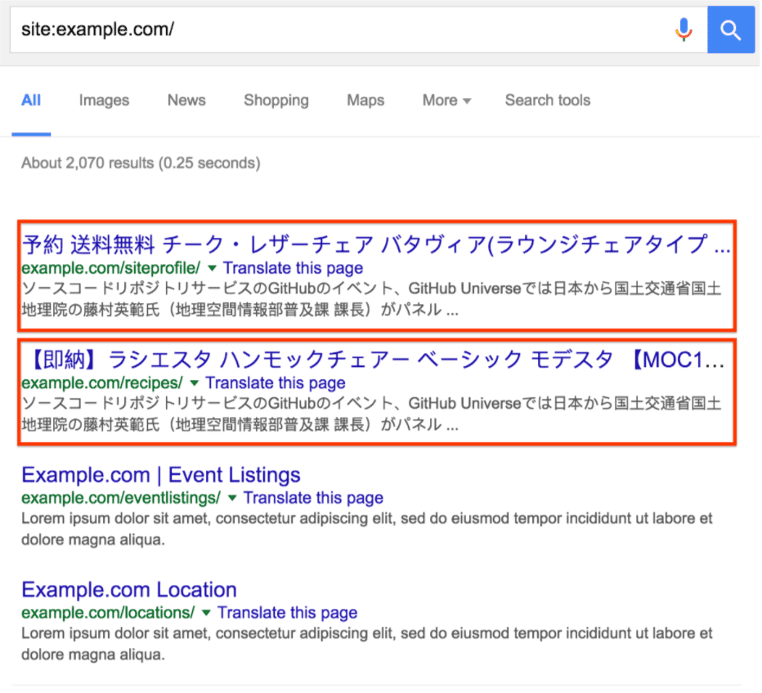If you’ve landed here, chances are your website has been hit by the notorious Japanese Keyword Hack — a common SEO spam attack where your site starts showing Japanese text in Google search results, redirecting users to shady or malicious pages.
But don’t panic.
This step-by-step guide by Strats360 will walk you through how to fix your website, remove the Japanese Keyword Hack, and prevent it from happening again.
How to Fix a Website Hack (Step-by-Step)
Here’s your rescue plan if your site’s been compromised:
-
Back up your site immediately (even if it’s infected).
It’s crucial to have a snapshot before you start making changes — this allows rollback if needed. -
Put the site in maintenance mode
Prevent users (and Google bots) from accessing compromised pages while you clean up. -
Run a malware scanner
Use tools like Sucuri, Wordfence, or MalCare to identify infected files. -
Remove malicious code/files manually or with help
Look for suspicious PHP files, injected scripts, or base64-encoded malware. -
Change all passwords
Update admin, FTP, hosting, and database credentials. Don’t reuse old passwords. -
Restore from a clean backup, if available
If you have a verified clean backup, restoring it might be the fastest fix. -
Reinstall plugins/themes from official sources
Don’t trust nulled or modified versions — they often contain backdoors. -
Update everything
Keep your CMS, plugins, and themes up to date to patch security vulnerabilities. -
Submit a reconsideration request to Google, if blacklisted
Once your site is clean, ask Google to re-review via Search Console.
How to Fix Japanese Keyword Hack
Fixing the Japanese Keyword Hack takes precision. Here’s what you do:
-
Identify infected files
Look for suspicious PHP files likelockindex.php,tmp.php, or files with obfuscated names. Examine files for base64 encoded strings or eval() functions. -
Clean the database
Manually inspect and remove rogue entries in:-
wp_posts -
wp_options -
wp_postmeta
Hackers often inject hidden Japanese text, redirects, or unwanted links.
-
-
Check .htaccess
Look for cloaking scripts or redirect rules. Remove anything suspicious that wasn’t added by you or a trusted plugin. -
Inspect sitemap.xml
Hackers may modify your sitemap to include Japanese spam pages to game search engines. -
Use Google Search Console
-
Identify affected URLs under the “Coverage” or “Security Issues” tab.
-
Request re-indexing after cleaning up.
-
-
Block crawlers using robots.txt, if necessary
If junk pages persist, block them from being crawled temporarily.
Identifying and Terminating Suspicious PHP Processes via cPanel Terminal
To monitor any potentially malicious or unauthorized activity (e.g., continuous editing or updating of critical files like index.php, .htaccess, wp-config.php, etc.), use the cPanel Terminal:
1. List Running Processes
Run this command:
-
index.php -
.htaccess -
wp-config.php -
lockindex.php,tmp.php, etc.
Example output:
Use the kill Command to stop it:
kill 3801573
⚠️ Replace 3801573 with the actual PID from your environment.
Additional Tips:
-
If you find PHP files that are base64 encoded or obfuscated, treat them as malicious.
-
Backup the files, decode and inspect them manually.
-
Replace compromised core WordPress files with fresh copies.
-
Harden your file permissions (644 for files, 755 for folders).
-
Scan the entire directory to ensure no backdoors remain.
How to Prevent Future Hacks
Prevention is better than a cure, right?
Here’s what Strats360 recommends to keep your site safe:
✅ Use strong, unique passwords
Avoid common or reused passwords.
✅ Enable two-factor authentication (2FA)
Add an extra layer of protection to your login system.
✅ Install security plugins
Tools like Wordfence, Sucuri, or iThemes Security help monitor and block attacks in real-time.
✅ Limit login attempts
Use plugins to prevent brute force attacks.
✅ Keep everything updated
Old plugins and themes are easy entry points for hackers.
✅ Use SSL (HTTPS)
Encrypt your data and protect against man-in-the-middle attacks.
✅ Regularly back up your website
Use plugins like UpdraftPlus, BlogVault, or your host’s backup system.
Think of website security like home security — you wouldn’t leave your front door open, would you?
At Strats360, we help businesses safeguard their digital presence. Whether you need emergency cleanup or long-term web security solutions, our expert team is ready to assist.
Final Thoughts
The Japanese Keyword Hack is nasty, but with the right tools, strategy, and support, it’s fully reversible. Take action quickly, clean thoroughly, and invest in strong security practices moving forward.
Need help cleaning up your hacked site or setting up professional security? Contact Strats360 for a FREE consultation.
Also Read:




